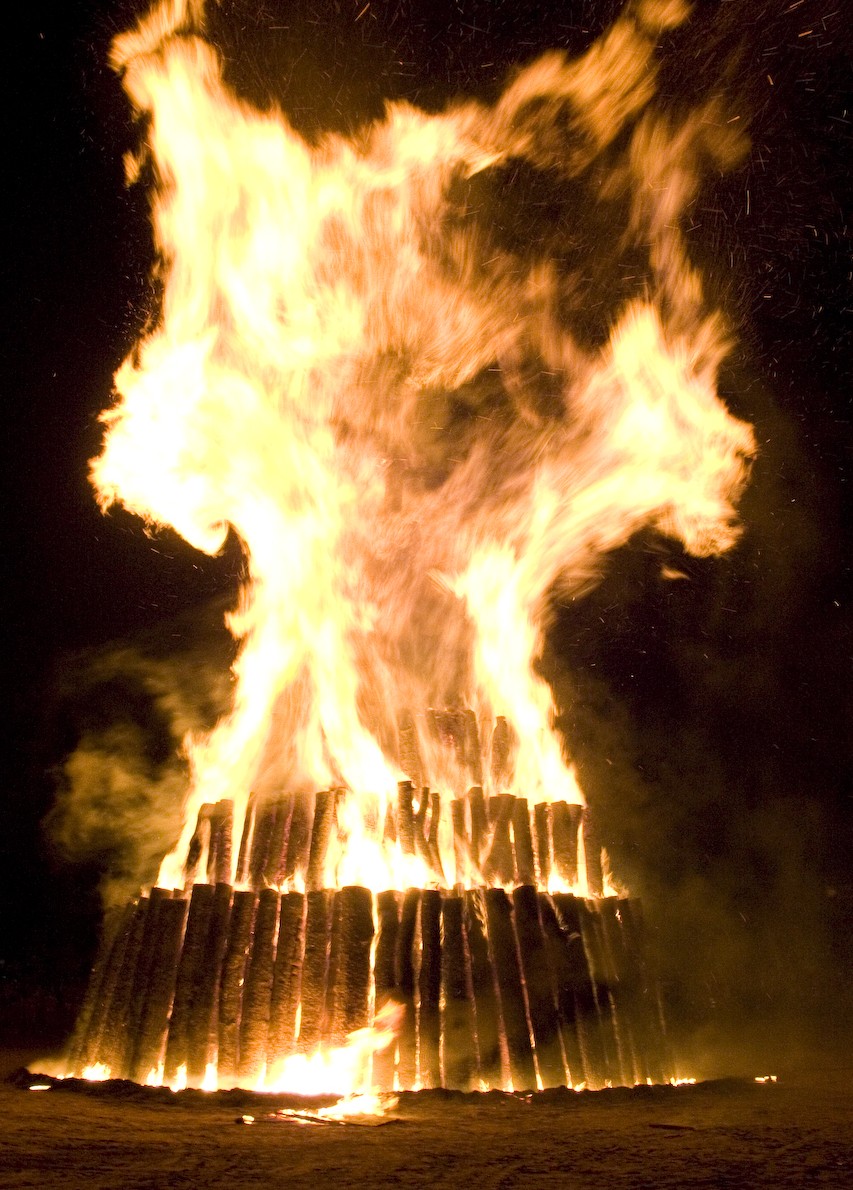Tuesday, November 5, 2013
The Gunpowder Plot
On the fifth of November of 1605 a group of conspirators planned to destroy the British House of Lords, with the objective of assassinating King James and installing his daughter Elizabeth as a Catholic head of state of the United Kingdom. The plot failed when Guy Fawkes was found with 36 barrels of gunpowder after an an anonymous letter tipped off the authorities, and you can read more about it here:
The Gunpowder Plot
To be honest, I don't know a whole lot about 17th Century British history, but since Hugo Weaving's character in V for Vendetta insists we remember the Gunpowder Plot, there you go. Clearly the conspiracy was part of the dark political-religious hypnagogia that Europe was in the middle of the last millennium. The ideas of Thomas Jefferson and Karl Marx, a political man aloof to religion and one hostile toward it, have so thoroughly embedded themselves in the public consciousness of the world today that it's difficult imagining people in the western world seriously contemplating blowing up buildings to install religious dictatorships. The worst acts of terrorism in our time seem to be more motivated by a rejection of foreign influence, or of any authority at all, rather than by a pragmatic will to change the guard.
But back then the Bishop of Rome also governed a significant part of what's now Italy and the Thirty Years' War, a savage generation-long conflict between Protestant- and Catholic-aligned states that was the single worst thing to happen to Europe since the Black Death, was nearly at hand. Christianity, corruption, and government were deeply mingled, and the Church was hemorrhaging in the bloodiest way that could then be imagined. No wonder America seemed like such an appealing place.
To celebrate the successful thwarting of the attack, a tradition emerged of lighting bonfires and fireworks on that day in the UK. This is reasonable, because bonfires are cool.
Subscribe to:
Post Comments (Atom)


No comments:
Post a Comment